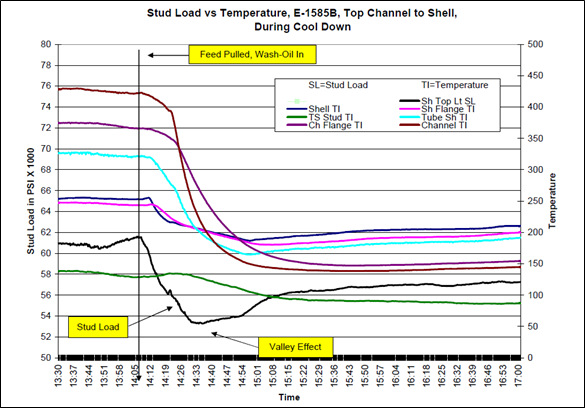At first look, the practice of insulating flanges seems to have several clear advantages. Insulating the flanges would:
While these reasons seem compelling, they miss the central point. The most important function of a gasketed joint is to prevent leakage. When viewed in terms of this primary function, it becomes clear that the negative effects of insulating flanges outweigh the apparent benefits.

Clearly, the practice of insulating flanges tips the scale in favor of developing more leaks. So as a general rule, flanges should not be insulated.
But what about worker safety?
If the primary purpose of the proposed insulation is personnel protection, that goal can be achieved through other methods that do not impact the thermal balance of the flange. For example, Chevron uses expanded metal guards that prevent accidental contact with the flange, while still allowing free airflow.
Insulating flanges is not only going to make it more likely that you will suffer leaks, but it will also prevent you from noticing those leaks when they first occur – when they can most easily be abated.
Conclusion: It is our position at ERIKS that as a general rule, flanges should not be insulated.